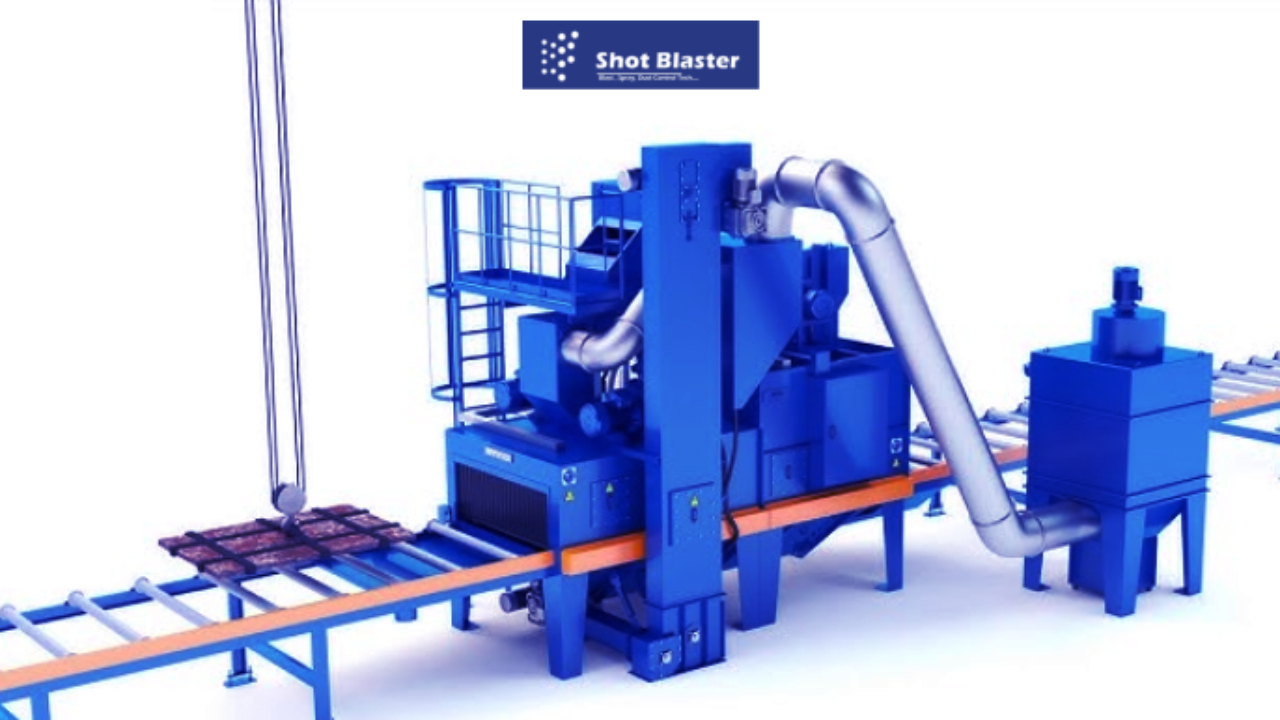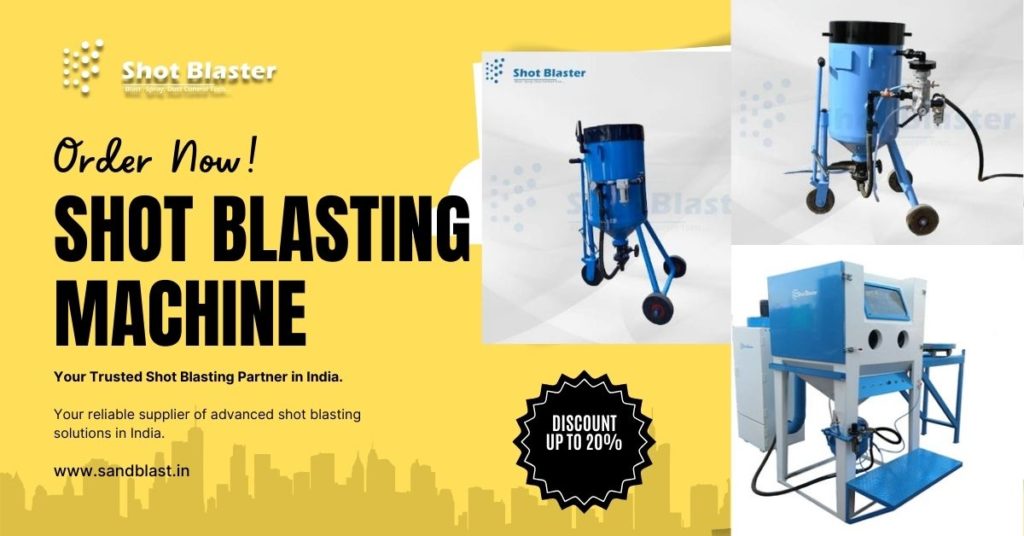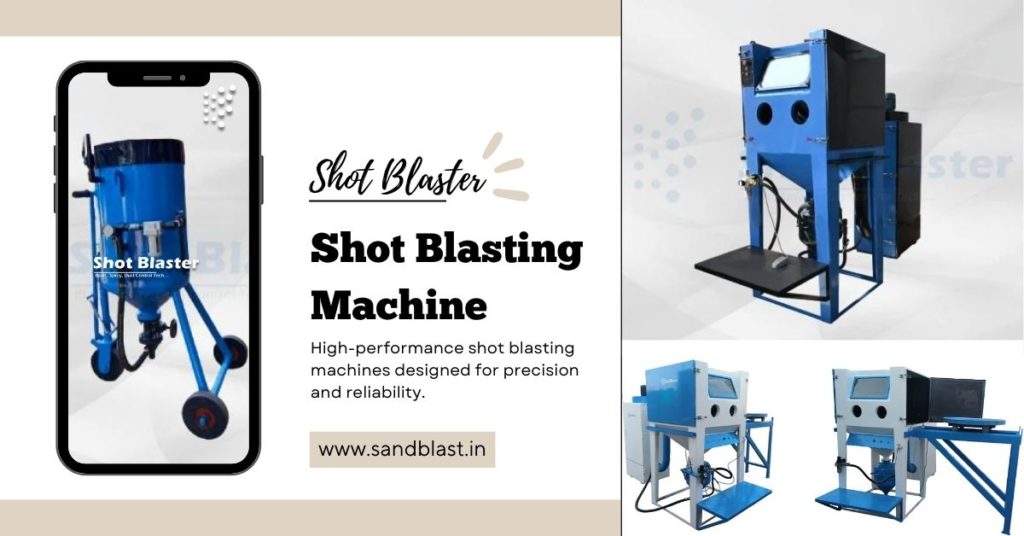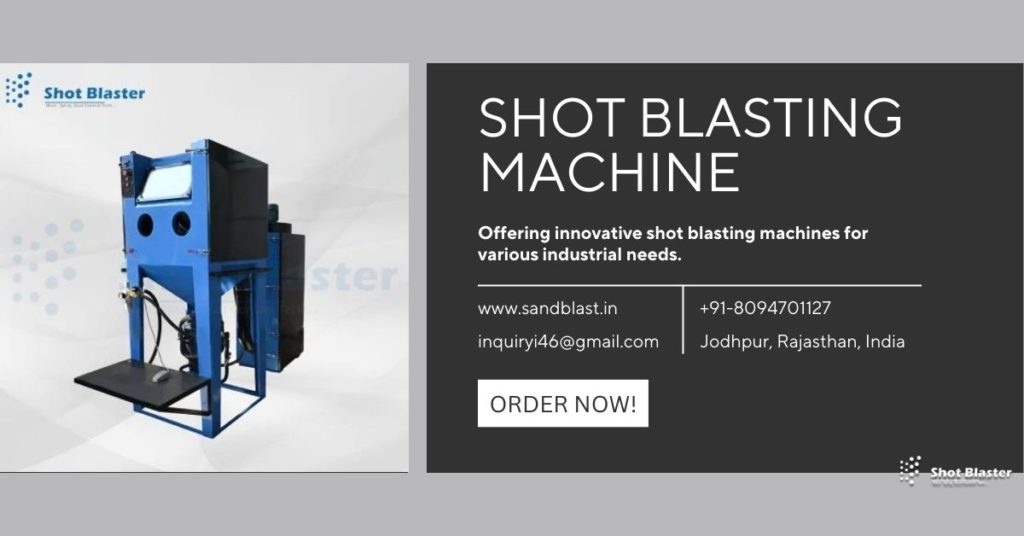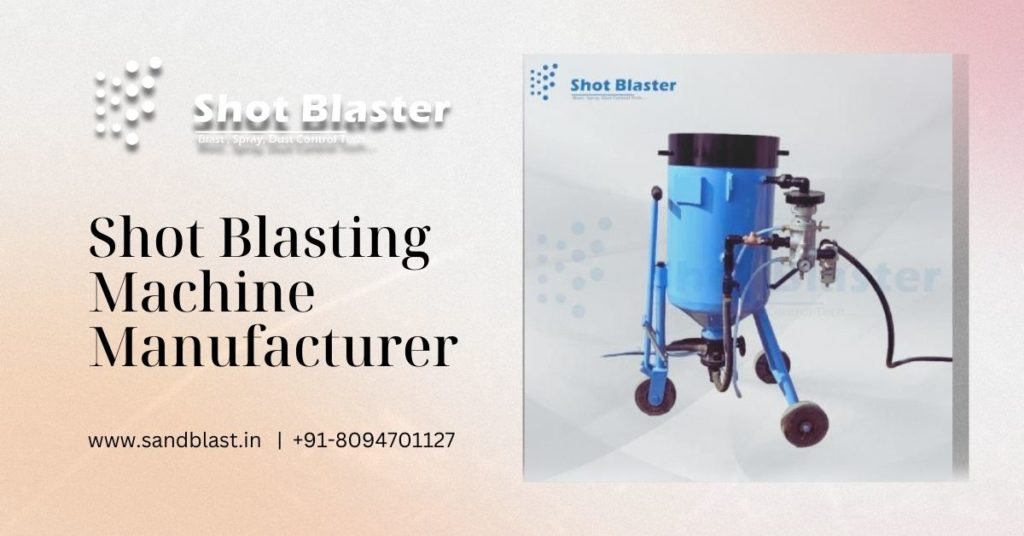Discover the ins and outs of mastering shot blasting machine operation with our complete guide. Learn the steps, safety precautions, and expert tips for efficient and safe operation of shot blasters in industrial applications.
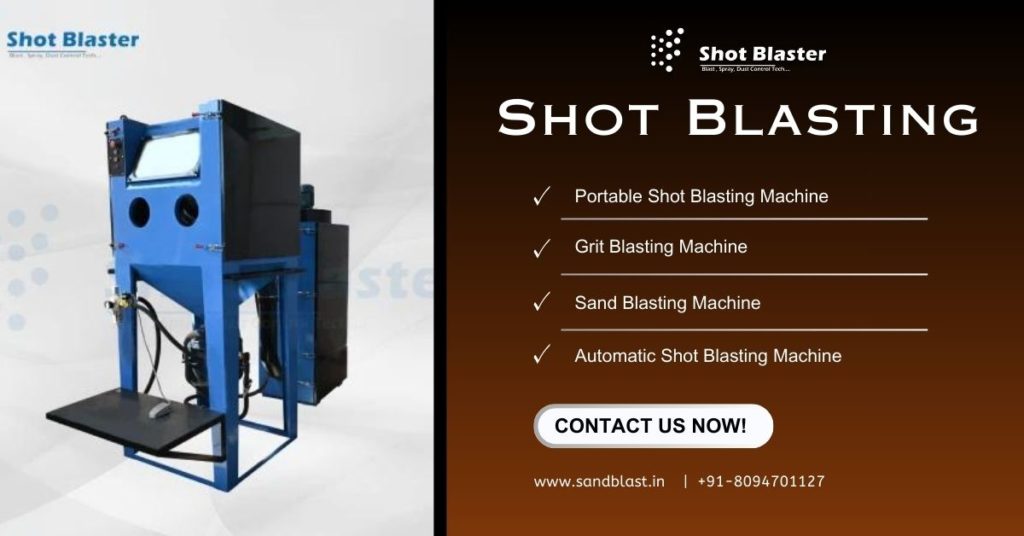
Introduction
Shot blasting machines are indispensable tools in many industrial settings, from automotive manufacturing to steel production. These machines are designed to clean, smooth, or texture surfaces by shooting abrasive materials at high speeds. For professionals working with shot blasting machines, understanding the ins and outs of their operation is critical.
In this guide, we’ll cover everything you need to know about mastering shot blasting machine operation—from the basics of how the machine works to the advanced techniques that ensure efficiency and safety. Whether you’re a seasoned professional or just starting, this comprehensive resource will help you take your skills to the next level.
What Is a Shot Blasting Machine?
A shot blasting machine, also referred to as a shot blaster, is a mechanical device used to clean, prepare, or strengthen the surface of materials. It uses high-velocity abrasive materials—such as steel shots, sand, or glass beads—that are propelled at the target surface using air pressure or centrifugal force. The abrasive materials act like tiny projectiles that clean, remove rust, scale, or contaminants, and sometimes even prepare surfaces for coating or welding.
Key Components of a Shot Blasting Machine
To truly master shot blasting machine operation, it’s essential to understand its main components:
- Blast Wheel: The heart of the shot blasting machine, the blast wheel is responsible for propelling the abrasive material.
- Abrasive Material: These are the materials used to clean or finish the surfaces. They could range from steel shots to other types of abrasives depending on the application.
- Workpiece Conveyor: This is the mechanism used to move the item being blasted through the machine.
- Dust Collection System: Ensures that the airborne dust generated during the blasting process is removed efficiently, improving the work environment and safety.
- Control Panel: The interface where operators can monitor and control the machine’s performance, such as adjusting speed and blast intensity.
See why it matters – https://riyasingh258.blogaaja.fi/how-to-choose-the-right-shot-blasting-machine-for-your-needs/
Types of Shot Blasting Machines
Before diving deeper into the operation, it’s worth noting that shot blasting machines come in various types, each suited for different applications. Here are the main types:
- Tumble Blast Machines: These machines are ideal for small to medium-sized workpieces. They use a rotating drum to tumble the parts while the abrasive is propelled onto the surface.
- Hanger-Type Blasting Machines: These are suitable for larger and more complex parts. They use hooks or fixtures to suspend the workpieces in a chamber while the abrasives blast the surface.
- Table-Type Shot Blasting Machines: These machines are best suited for large or heavy items that need to be cleaned or polished.
- Continuous Belt Blasters: These are used for continuous production processes where parts are placed on a moving conveyor belt for continuous blasting.
Understanding the different types of machines is crucial for selecting the right equipment based on your needs. Each type has specific advantages and applications, so make sure to choose wisely!
How Does Shot Blasting Work?
Shot blasting works on the principle of propelling abrasive materials at high velocities toward the surface of a material. The abrasives remove contaminants, smoothen rough edges, or prepare surfaces for additional processes like coating or welding. Here’s a basic step-by-step breakdown of how shot blasting happens:
- Abrasive Feed: The abrasive material is fed into the machine.
- Acceleration: The blast wheel spins at high speeds, throwing the abrasive particles toward the workpiece.
- Impact: The abrasive hits the surface of the object, creating friction that removes contaminants and smooths the surface.
- Recycling: After impact, the abrasives are collected and returned to the system for reuse.
- Cleaning and Inspection: Once the blasting is done, the workpiece is checked for any inconsistencies or flaws, and any remaining debris is removed.
Understanding how shot blasting works helps operators get the most out of their machines by knowing when to adjust settings for optimal results.
Learn the secrets – https://riyasingh258.blogaaja.fi/a-complete-guide-to-understanding-shot-peening-machines/
Mastering Shot Blasting Machine Operation
Now, let’s get to the good stuff! If you’re ready to master the operation of a shot blasting machine, there are several key areas to focus on. These include setup, operation, maintenance, and safety. By understanding and practicing these steps, you’ll enhance both efficiency and safety in your work environment.
1. Setting Up the Shot Blasting Machine
Proper setup is critical for ensuring the machine operates at peak performance. Here’s a quick checklist for setting up your shot blaster:
- Choose the Right Abrasive Material: Select the appropriate abrasive based on the surface material and desired result.
- Inspect the Machine: Check the blast wheel, conveyor system, and other components for wear and tear before use.
- Adjust Settings: Set the correct speed and intensity for both the blast wheel and conveyor system to match the job requirements.
2. Operating the Shot Blasting Machine
Operating the hanger type shot blasting machine efficiently involves several factors. Here are the key things to remember during operation:
- Monitor the Blast Wheel: Ensure the blast wheel is running at the correct RPM to achieve the desired abrasive speed.
- Control Abrasive Flow: Adjust the flow of abrasive material to avoid overloading or underloading the system.
- Check Workpiece Placement: Make sure that the workpieces are positioned correctly to ensure even blasting.
3. Regular Maintenance
Mastering shot blasting machine operation is not only about running the machine but also maintaining it. Regular maintenance ensures the machine’s longevity and consistent performance. Follow these maintenance tips:
- Clean the Dust Collection System: Regularly clean out the dust collector to avoid clogging.
- Inspect the Blast Wheel: Look for signs of wear or damage and replace parts as necessary.
- Lubricate Moving Parts: Keep all moving parts, like the conveyor and blast wheel, well-lubricated to prevent friction-related damage.
4. Safety Precautions
The operation of shot blasting machines comes with inherent risks. Here are the most important safety measures to follow:
- Wear Proper PPE: Always wear gloves, goggles, and protective clothing to avoid injury from abrasive particles.
- Follow Safety Guidelines: Adhere to the manufacturer’s safety recommendations, including how to operate the machine safely.
- Maintain Ventilation: Ensure the work area is well-ventilated, as fine dust particles can cause respiratory issues.
Troubleshooting Common Shot Blasting Machine Issues
Even with careful operation, issues may arise. Here are some common problems and solutions:
- Inconsistent Blasting: This can happen if the abrasive flow is uneven or if the blast wheel is not running at the right speed. Check for clogs or misalignments in the system.
- Overheating: If the machine is overheating, check for insufficient lubrication or a malfunctioning motor.
- Excessive Dust: Excess dust could indicate a problem with the dust collection system. Clean or replace filters as necessary.
Go deeper into the topic – https://riyasingh258.blogaaja.fi/the-future-of-surface-finishing-with-airless-shot-blasting-solutions/
FAQs about Shot Blasting Machines
What kind of abrasive materials can be used in shot blasting?
Common abrasive materials include steel shot, steel grit, aluminum oxide, and glass beads. The choice of abrasive material depends on the surface material and the desired finish.
How often should a shot blasting machine be maintained?
Routine maintenance should be conducted monthly, but certain components (such as the blast wheel) may need to be checked or replaced more frequently depending on usage.
Can a shot blasting machine be used for both cleaning and polishing?
Yes! Depending on the abrasive material and machine settings, shot blasting can be used for cleaning, surface preparation, or polishing.
Conclusion
Mastering shot blasting machine operation is a combination of understanding the machine, maintaining it properly, and operating it safely. By following the steps outlined in this guide, you’ll be on your way to becoming an expert shot blaster in no time. Remember, attention to detail and adherence to safety protocols are paramount.
Whether you’re preparing surfaces for coating or removing rust from parts, a well-operated shot blasting machine can make a world of difference in the quality and efficiency of your work.
So, what are you waiting for? Get out there and master shot blasting machine operation!


